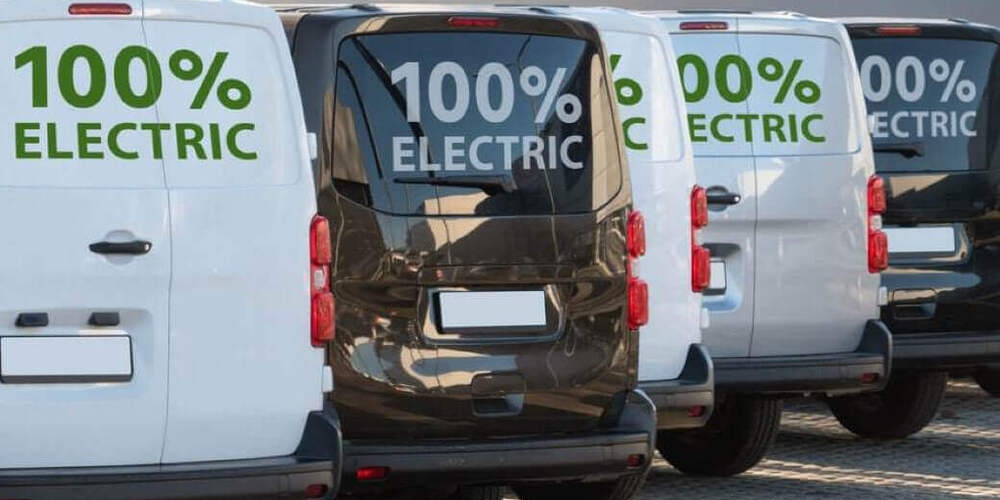In order to comply with European and national directives on reducing CO2 emissions, companies in the logistics sector must electrify their fleet.

In this context, Julie-Marie Urban, Head of Sustainability at SEUR, assures Mobility Portal España:
“We are not betting on the plug-in hybrid vehicle, we do not validate that option.”
The reason?
Approximately 95% of the fleet that SEUR works with is outsourced.
“We cannot guarantee that the delivery person will operate his vehicle using electricity instead of gasoline,” he explains.
The company has established an emissions reduction strategy with the aim of achieving carbon neutrality by 2040.
This involves the incorporation of zero-emission electric vehicles in last-mile distribution.
The problem is not exclusive to SEUR.
In conversation with Mobility Portal España, Ramón Castro Rodrigo, Business Development at LK Mobility, mentions that he has received queries from logistics companies with the same concern.

“The challenge they saw was precisely the lack of guarantees when projecting consumption,” he says.
To meet this challenge, Castro details a strategy consisting of three stages.
On the one hand, training drivers in energy efficiency so that they prioritize the use of electric mode.
As well as offering economic incentives to delivery drivers who maximize the use of electricity.
And on the other hand, monitoring energy consumption with advanced tools, which would allow optimizing routes and driving behavior through machine learning.
As a complementary solution, it proposes the possibility of installing additional batteries in the cargo area of the vans.
“This would give a few extra kilometers of autonomy, similar to what is done in a camper,” he says.

María Fauli Bonell, Commercial Advisor for BMW at Benigar Corporación, agrees that the key lies in the combination of education, incentives and technology.
“To make the most of plug-in hybrids, it is essential to promote their use in electric mode,” she tells Mobility Portal España.
In addition to the strategies already mentioned by Castro, Fauli Bonell adds the use of tools such as BMW ConnectedDrive, which allows the percentage of electric driving to be recorded.
“Provide charging points at operational bases or at home, and opt for hybrids with greater electric autonomy,” she says.
In addition to incentives and training, some companies suggest differentiated pricing models.

For Daniel García Ariz, Fleet Manager at BYD, the best strategy to encourage the use of electric mode is the cost structure.
In this context, it proposes an approach where the costs of electric charging are assumed by the company, while the fuel is the responsibility of the user.
“If the driver has to pay for gasoline, but electricity is free, he will try to use the electric part more than the combustion part,” he says.
Another possible measure is to differentiate mileage costs: if a driver travels more kilometres in electric mode, he or she could receive higher compensation.
This could be implemented with fleet management tools that track energy consumption.
Some companies with advanced monitoring systems are already evaluating the feasibility of measuring specific electricity consumption versus gasoline in plug-in hybrid vehicles.
According to García, this would allow incentive policies to be adjusted based on real data.
“Depending on how they charge the vehicles, depending on whether they are electric or hybrid, they could assign a higher cost to the user,” he explains.
In addition, some companies are already implementing fleet detectors that allow them to evaluate energy consumption habits.
However, there are still doubts about whether these tools can discriminate kilometers traveled in electric versus hybrid.








